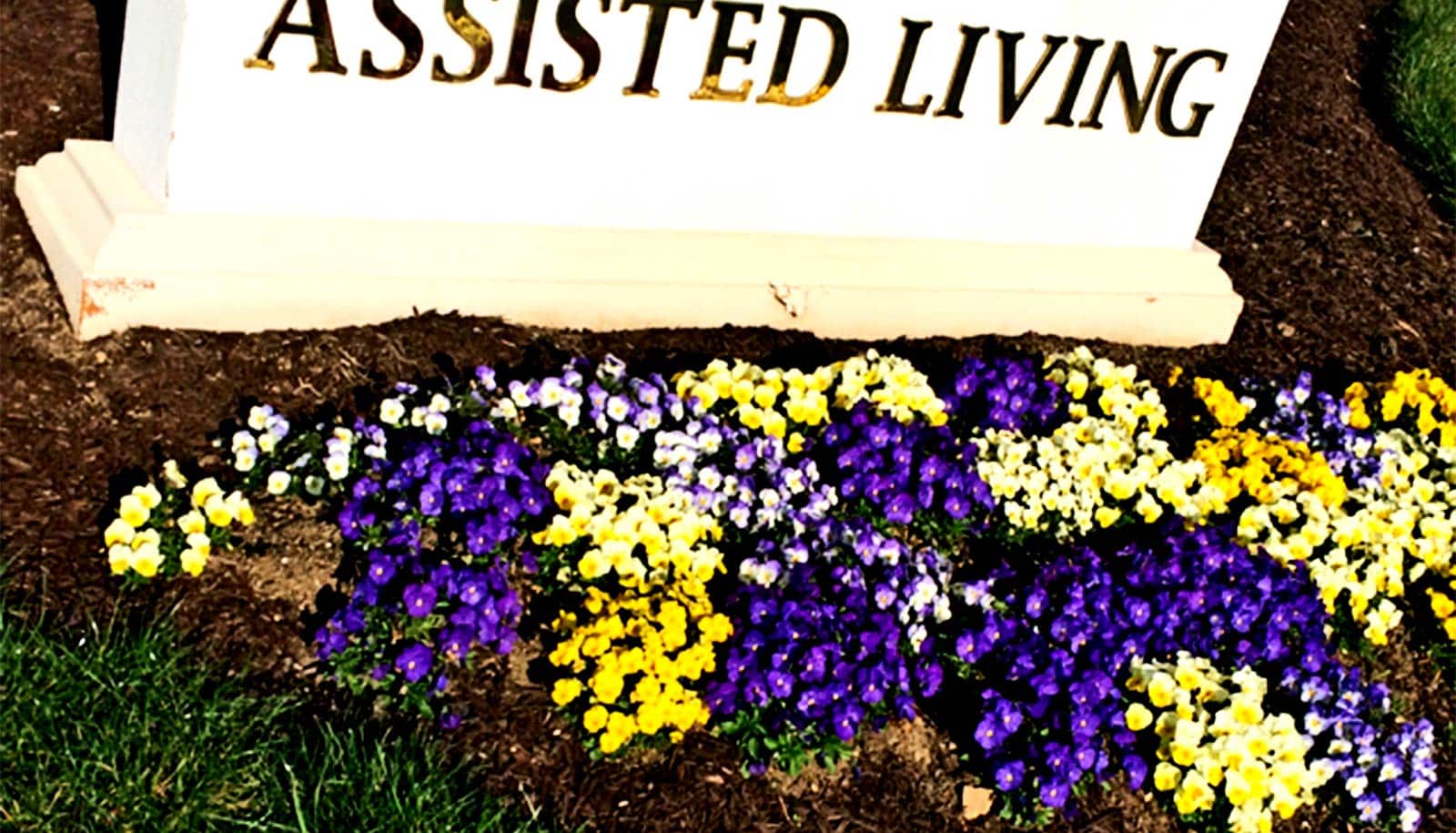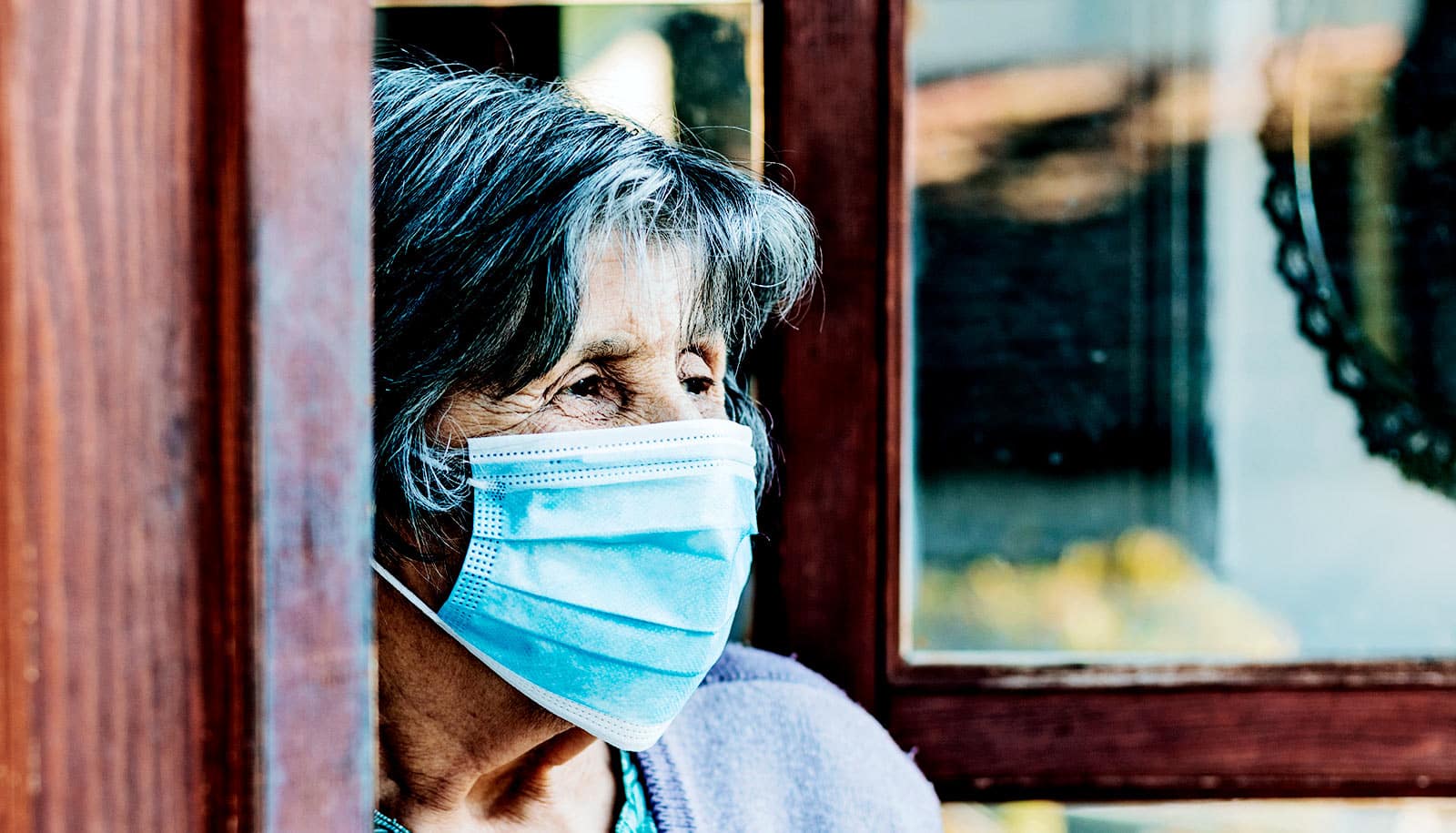Deaths in assisted-living facilities were significantly higher in 2020 than in 2019, according to a new study.
The findings show the crucial need to pay specific attention assisted living residences in response to pandemics and other emergencies.
While significant attention has been paid to COVID-19 deaths in nursing homes, public health leaders have understood less about the effects of the virus in assisted living communities. These settings are also home to older adults who are often at a higher risk for disease severity, but they differ from nursing homes in key ways and present more of a challenge for data collectors.
To address the gap in COVID-19 data, researchers conducted what they say is the first national study of COVID-related mortality in US assisted living communities. The results appear in JAMA Network Open.
“Our study underscores the importance of understanding the unique challenges faced by assisted living communities during a pandemic or other emergency,” says Kali Thomas, an associate professor at Brown University’s School of Public Health. “When responding to a pandemic, assisted living communities need their own preparedness plans. The guidance that’s provided for nursing homes needs to be tailored specifically to this population.”
One important way that assisted living communities differ from nursing homes, Thomas says, is that they’re built on a social model of care rather than a medical model. The communities are designed to resemble a home-like setting, she says, and residents often have the ability to come and go as they please and to host visitors, which could increase the risk of viral transmission.
And because the social model emphasizes choice and independence, residents and their families typically schedule and access medical care on their own and might even be expected to purchase their own medical supplies.
“Access to PPE like masks, gowns, and gloves isn’t as common in assisted living communities as it would be in nursing homes,” Thomas says.
Adding to these differences, is the fact that care in assisted living communities is usually paid out of pocket, unlike in nursing homes, which often bill Medicare or Medicaid and therefore have to abide by more stringent federal rules.
Previous research cowritten by Thomas found that while nursing homes have federally regulated infection prevention and control guidelines and are surveyed annually for adherence, state regulations for assisted living communities vary widely in level of detail, requirements, and support, causing potential for confusion. The payment structure of assisted living residences also makes it difficult to track mortality rates.
To examine the impact of COVID-19 on this population, the researchers conducted a retrospective cohort study using data from the Centers for Medicare and Medicaid Services from 2018 to 2020.
The study used 9-digit ZIP codes to identify a cohort of 425,333 Medicare beneficiaries living in licensed assisted living settings with more than 25 beds in 49 states and the District of Columbia. They also analyzed data from 10 states with the highest rate of COVID-19 cases (as of August 11, 2020).
The study found that assisted living residents experienced 17% higher overall mortality in 2020 compared to the year prior, and 24% higher mortality in the 10 states with the greatest community COVID-19 spread during the study window of January to August 2020. According to the authors, the results suggest that assisted living residents experienced increased mortality during the COVID-19 pandemic consistent with increases observed among nursing home residents.
The observed increase in resident mortality was likely an underestimate of the overall excess mortality during the pandemic, the researchers say, given the lag in data availability and the end date of the study, which did not include surges after August 2020.
In March 2020, Thomas cowrote a STAT News opinion piece that explained some of the unique risks that COVID-19 posed for assisted living communities and called on assisted living providers and policymakers to take steps to reduce the potential widespread and devastating impact of the virus.
“The data from our new study suggests that a lot of our concerns were valid and even likely contributed to these excess mortality rates,” Thomas says.
A supplement to an existing National Institute on Aging grant, which enabled a study by the same team on how COVID-19 differentially impacts individuals living with dementia, funded the work. Since 40% to 60% of assisted living residents have dementia, Thomas says, this is an important population on which to focus.
Additional coauthors are from the University of North Carolina at Chapel Hill, Portland State University, and Brown.
Source: Brown University



